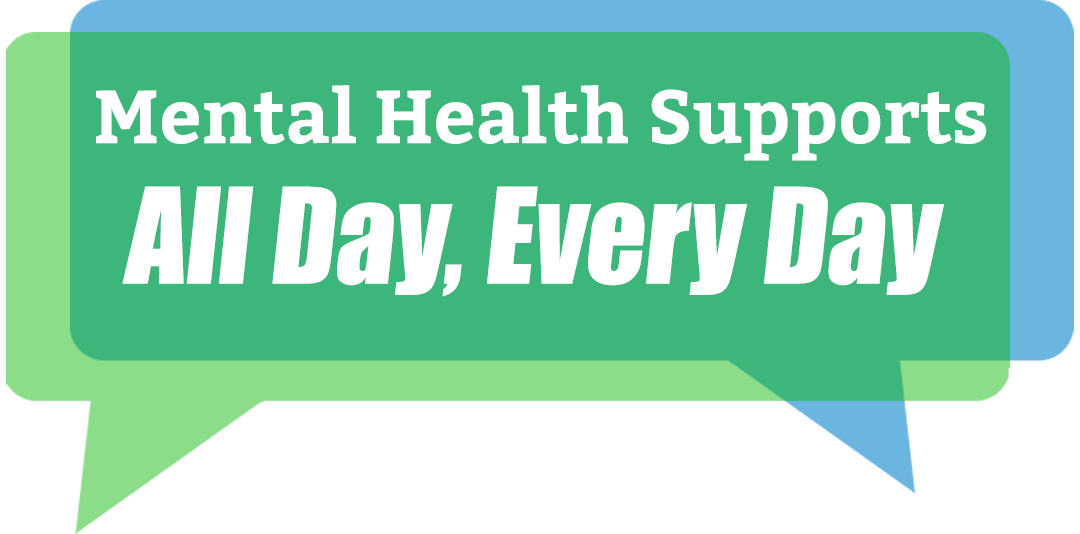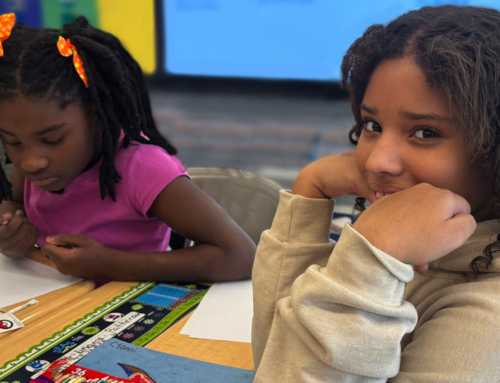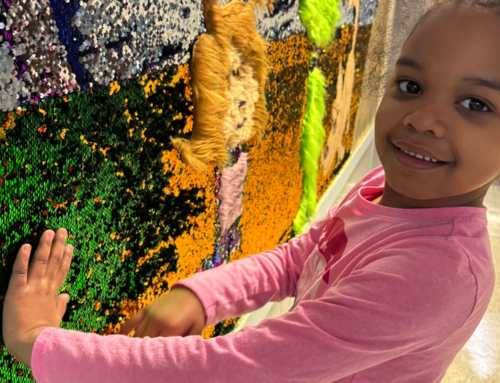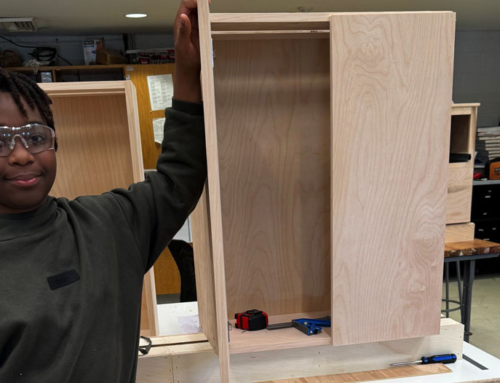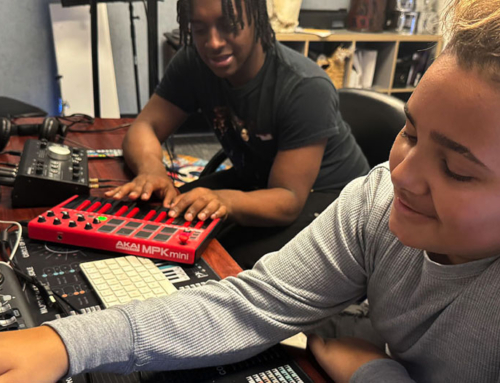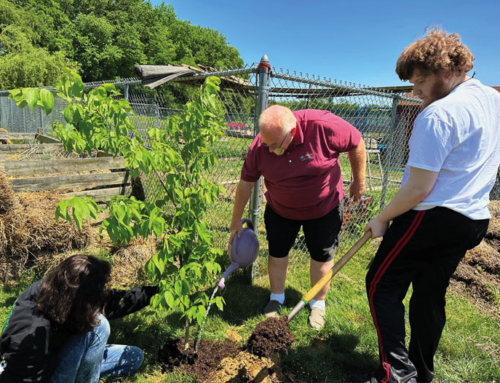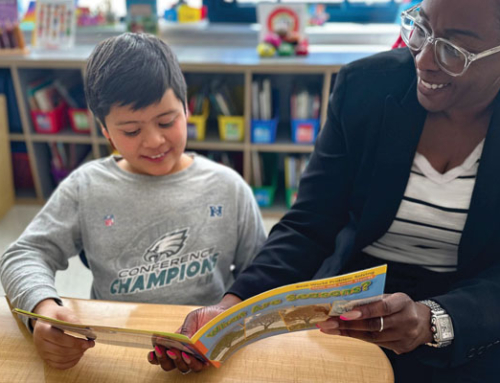The mental health and well-being of students is at a breaking point: the pandemic and the isolation, disruption, fear, and grief it brought has affected students deeply. At the same time, schools nationwide and here in New Jersey report a lack of professional support—social workers and counselors—to respond to the mounting mental health needs of their students.
School counselors are often the first to see children who are sick, stressed, or traumatized, or who may act out or hurt themselves or others. Schools that employ more school-based mental health providers see improved attendance rates, lower rates of suspension and disciplinary incidents, improved academic achievement and career preparation, and improved graduation rates.
According to Hopeful Futures, the required ratio of school social workers to students is 1:250. So, for example, a school of 500 students needs at least two social workers on staff. In a 2,500-student school population, 10 social workers are needed. Here in New Jersey—one of the best performing states in the nation—that ratio is 1 to 655. That means in schools where 10 social workers are needed, our public schools have fewer than 4.
Here at Garfield Park Academy, there is a social worker IN EVERY CLASSROOM. Their office is physically located INSIDE the classroom, so they are there to help when they are needed, not hours, days, or weeks later. We have one professional social worker for every 8-12 students, with a total of 17 currently in our building. Students have individual counseling based on the IEP, and get group counseling every day.
We know that cutting back on mental health services is not an option. Students cannot wait. Social work and counseling are as critical as any other aspect of our school curriculum and school safety plan.


